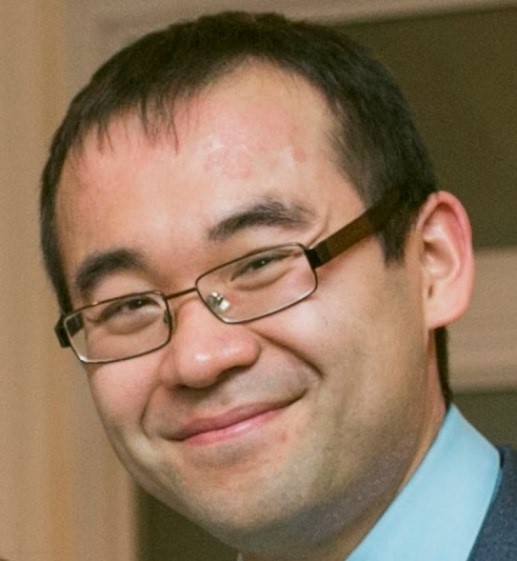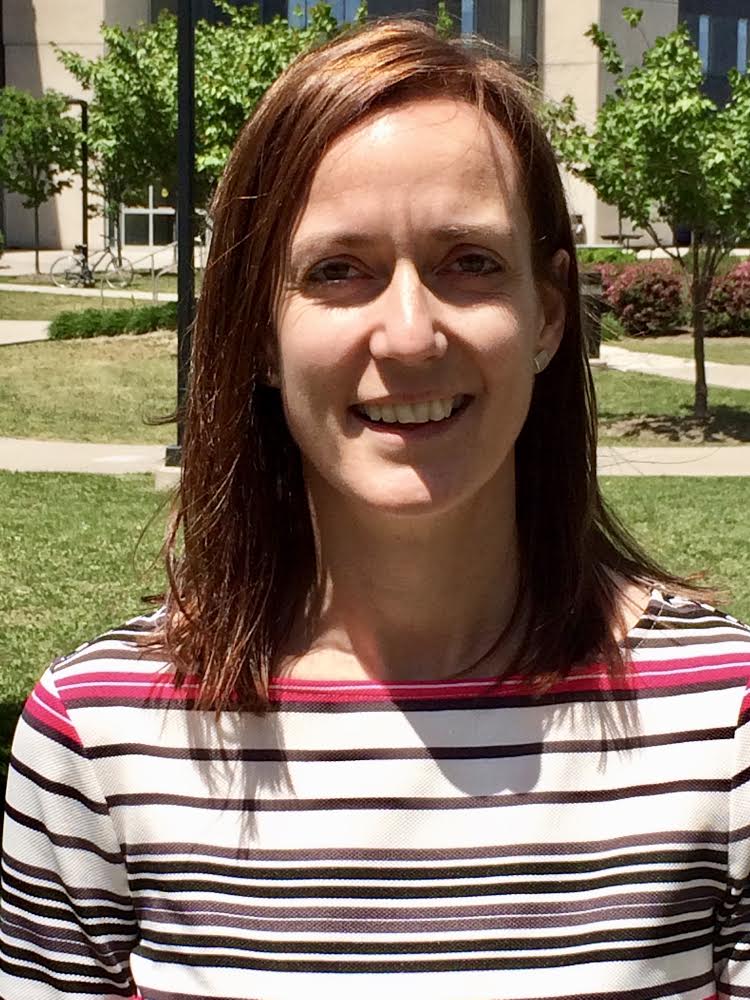Hello Blood & Clots/CanadiEM community!
Before we post our blog series on thrombosis and bleeding, we encourage you to test your initial knowledge by going through a few brief case scenarios. These cases were originally posted as part of our needs assessment in Fall 2016, and you can find the answers after each question below.
The first cases can be found here: Quizlet #1.
All the content from the Blood & Clots series can be found here.
Cheers!
Yours sincerely,

Blood & Clots Editorial Team
* * * * *
QUIZLET #2
Case Vignette
You are seeing a 42-year old man in the ER who is post-MVC and is brought into the trauma bay. He was bleeding at the scene and was resuscitated en route to the trauma bay. Vitals in the trauma bay are 106/69 mmHg, HR 121, 96% RA, and afebrile. His initial CBC shows that his hemoglobin is 72 g/L (7.2 g/dL, 4.47 mmol/L, Hct 22%), platelet count of 186 x 109/L (186 x 103/mcL), and a WBC of 8.7 x 106/L (8.7 x 103/mcL). An initial coagulation screen demonstrates an INR of 3.3 and a PTT within reference lab ranges. On his Medic-Alert bracelet, he is found to be on warfarin. He has no known drug allergies according to the medical chart. He is rousable but confused.
[bg_faq_start]Question 1: How would you reverse his warfarin to try and stop the bleeding (check all that apply)?
A) Frozen Plasma
B) Prothrombin Complex Concentrates
C) Solvent Detergent Plasma (reduced infectious risk compared to Frozen Plasma)
D) Fibrinogen Concentrates
E) Vitamin K 10mg IV
F) Tranexamic Acid
[bg_faq_end] [bg_faq_start]Answer to Question 1
B, E, F) Prothrombin Complex Concentrate, Vitamin K 10 mg IV, Tranexamic Acid
PCCs would be used to reverse warfarin in this situation and must be coadministered with Vitamin K. Although there is no evidence for survival benefit, it has been shown to reduce INR and restore effective hemostasis faster (Sarode R et al, Circulation 2013, Goldstein JN et al, Lancet 2015). It also avoids many of the adverse effects of frozen plasma. Two studies also show that it may decrease progression of intracerebral hemorrhage (Huttner HB et al, Stroke 2006, Frederiksson K et al, Stroke 1992). The CRASH-2 study demonstrated the importance of early treatment with tranexamic acid (Lancet 2010).
**Note: Most centres in the US are still using FP for warfarin reversal since 4-factor PCCs are relatively new as of the last few years – ACCP guidelines and the recent Lancet study support PCC use. Frozen plasma does not have any role in the reversal of vitamin-K antagonists and neither does SD plasma. Indications for SD plasma include plasma exchange for TTP/HUS, a clotting factor deficiency without licensed/available factor concentrate, or lack of availability of AB plasma if the patient is group AB (situation is rare). The patient must have also experienced an allergic reaction to plasma, has a pre-existing lung disorder, or will be requiring large amounts of plasma (such as in TTP/HUS). Fibrinogen concentrates are currently under evaluation for massive transfusion protocols but are currently not indicated.
[bg_faq_end] [bg_faq_start]Question 2: For his symptomatic anemia, what red blood cells would you transfuse (if any)?
A) Crossmatch-compatible O negative
B) Least-incompatible O negative
C) Uncrossmatched O positive
D) Crossmatch-compatible O positive
E) Given his hemoglobin is not <70 g/L, do not transfuse
[bg_faq_end] [bg_faq_start]Answer to Question 2
C) Uncrossmatched O positive
Crossmatching or finding “least-incompatible” blood, which still requires crossmatching (but acknowledges the donor blood may not be a “perfect” match or have clinically insignificant antibodies) will take at least 45 minutes and longer if an antibody is found. Therefore, given the patient is bleeding and has symptomatic anemia, uncrossmatched blood should be given.
O negative blood should only be reserved for children and women of childbearing age (moreso the latter) to prevent alloimmunization since the supply of O negative red blood cells is low. Depending on centre, the age cutoff for childbearing potential usually ranges from 45-50.
[bg_faq_end] [bg_faq_start]Question 3: A massive hemorrhage protocol is initiated and the patient is taken to the OR for his traumatic injuries. The following must be considered (check all that apply).
A) Calcium and magnesium monitoring
B) Blood group and screen
C) Acute normovolemic hemodilution to reduce transfusion burden
D) Repeat INR before surgery after PCC administration within 2 hours post-administration
E) Blood warmer to prevent hypothermia
[bg_faq_end] [bg_faq_start]Answer to Question 3
A, B, E) Calcium and Magnesium monitoring; blood group and screen; blood warmer
Hypocalcemia and hypomagnesemia can occur due to the citrate used as an anticoagulant in packed RBCs. The blood should be given through a blood warmer. A group and screen should occur ASAP as doing it after transfusion of RBCs will give a false blood type. Also, doing so ensures that O positive/negative cells and AB plasma supply isn’t exhausted.
Acute normovolemic hemodilution is when whole blood is drawn when anesthesia is initiated and replaced with crystalloid, with the idea that the patient will “bleed out” more dilute blood. If the patient requires transfusion or the bleeding has stopped, their whole blood can be re-transfused back into the patient. In general, there is little evidence supporting this practice and it’s not recommended outside very special settings (Jehovah’s Witnesses) or clinical trials. In this situation, given the patient is already anemic, this would not be an option.
PCCs act within 15 minutes and generally last until 4-8 hours providing there is no endogenous factor production. Therefore, if the PCC is dosed appropriately, it should not be rechecked to delay any procedures.
[bg_faq_end]
*Answer to Question 1 updated on November 16, 2018




